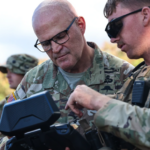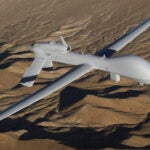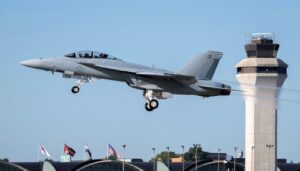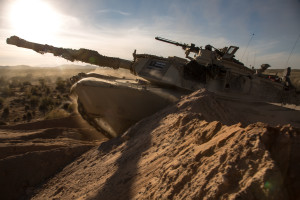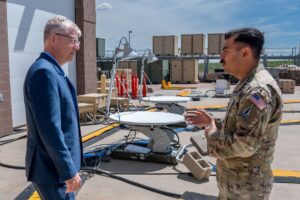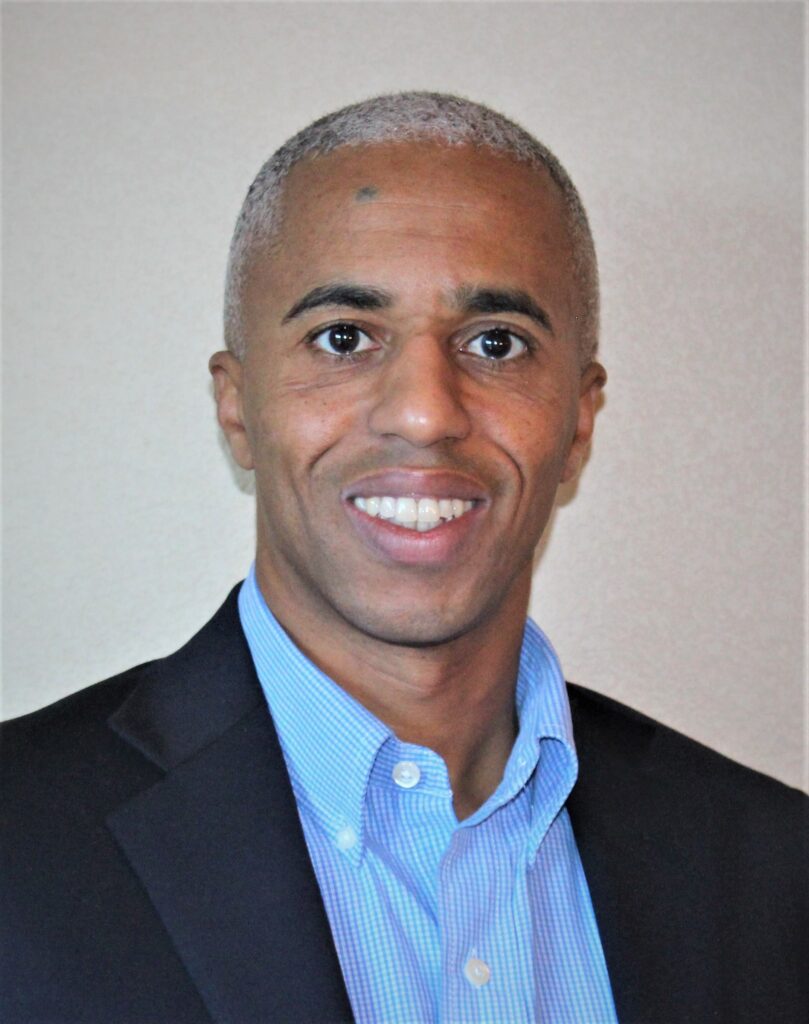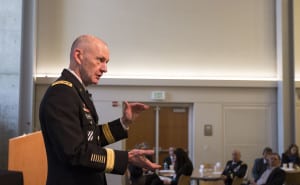
The Army is feeling the pinch of the Trump administration’s civilian hiring freeze and is being forced to find efficiencies that can compensate for attrition in its civilian ranks.Lt. Gen. Edward Cardon, director of the Army’s Office of Business Transformation, said the service is feeling the effects of the mandatory 120-day hiring freeze and those effects are compounded by unpredictable funding under a series of continuing resolutions.“Right now we are under a CR that runs through April, but we don’t…

 By
By 
